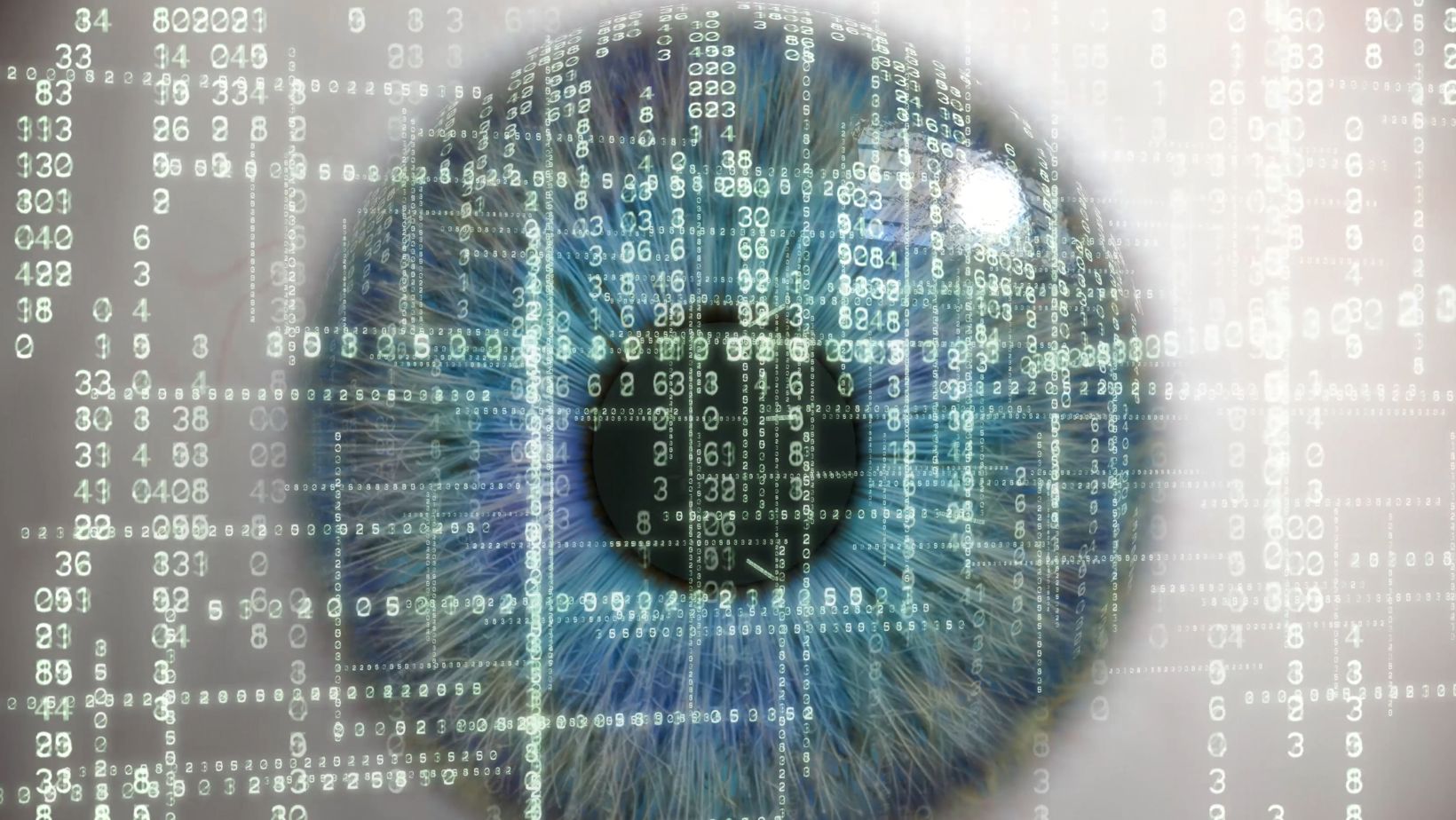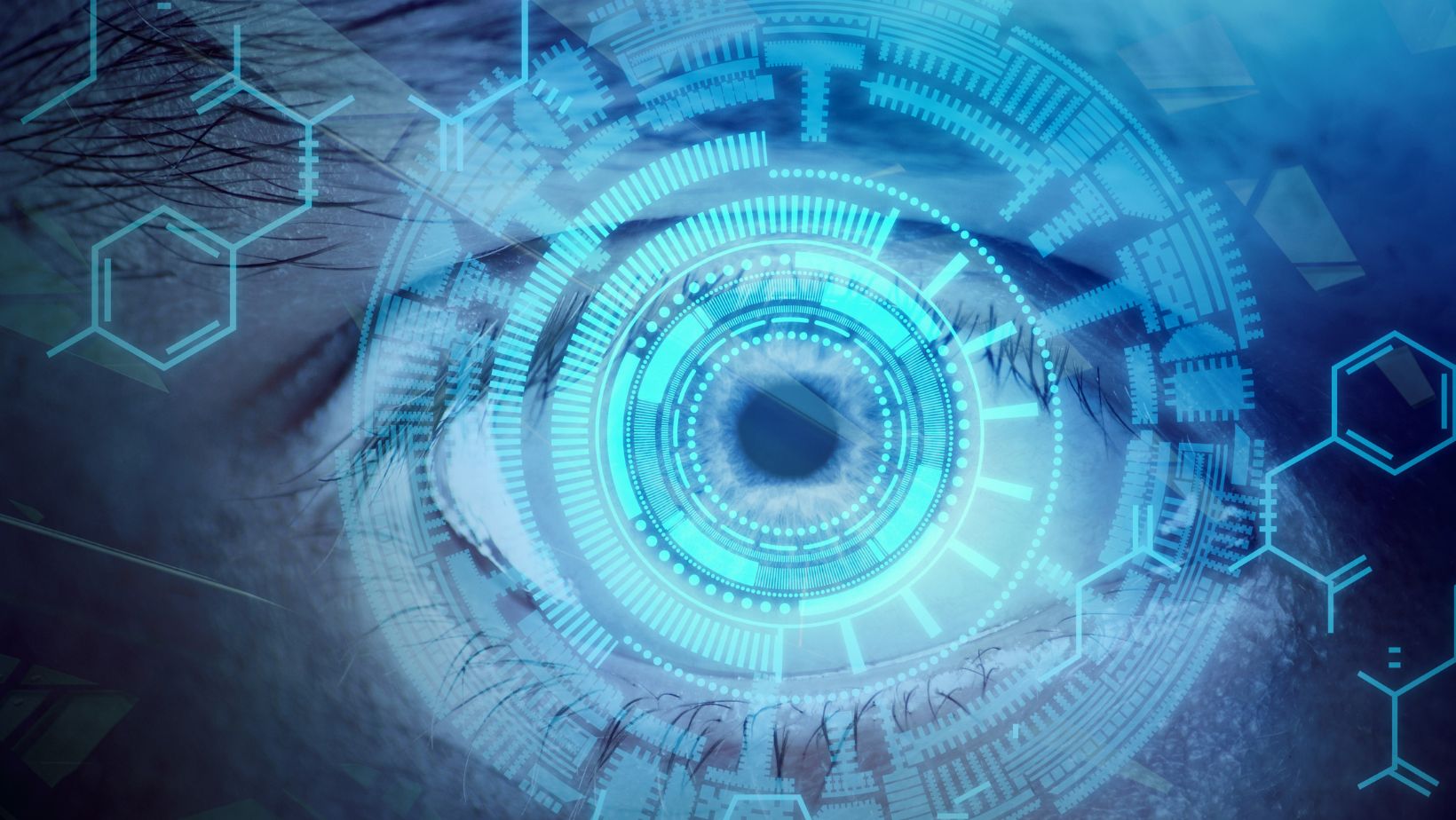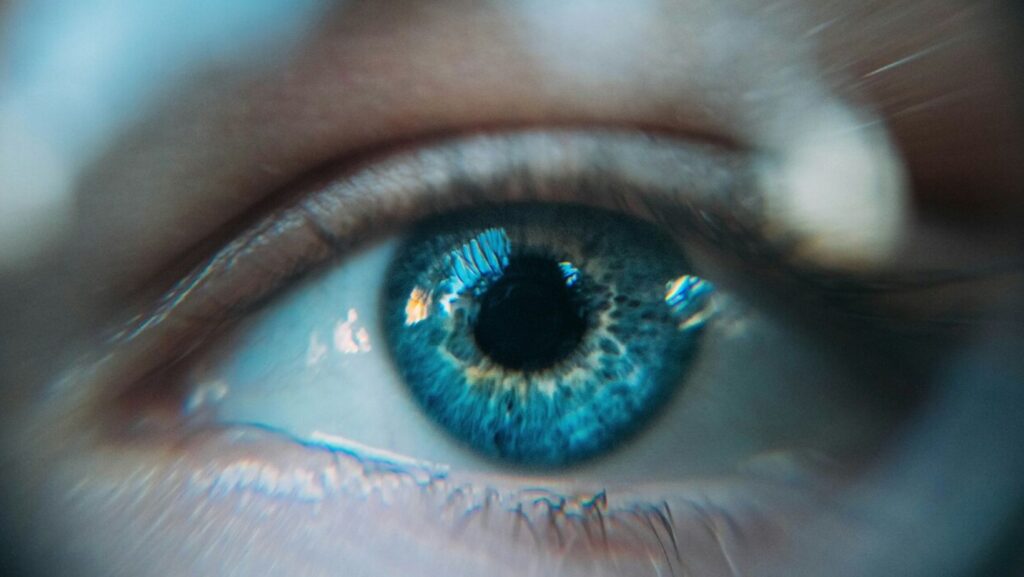Computer vision (CV) is a branch of artificial intelligence. It’s where machines interpret and comprehend visual information. And, like humans, much of the understanding comes from the model (brain), with the sensors (eyes) simply being the input.
Its integration into e-commerce is one area of interest, as much of computer vision so far has been academic, for science, and more recently, for LLMs. However, the computer vision market is now valued at over $20 billion, and its projected growth is in part because of bigger industries realizing its potential use.
Product Recognition And Automated Tagging
Product recognition hinges on computer vision development. CV algorithms, like Convolutional Neural Networks (CNNs), analyze product imagery. Training these models, of course, requires vast datasets, but they must be high-quality, too. These datasets are trained by extracting visual attributes such as color, shape, texture, and brand insignia.
For e-commerce platforms, this translates to automated product tagging and categorization, something that takes a lot of labor time. In theory, if there are a lot of complex categories, it may even be more accurate, too.
There is serious SEO potential here by generating rich, precise metadata using this product understanding and leveraging LLMs’ ability to write creatively.
Of course, technical hurdles remain, and this is often caused by variability in image quality and inconsistent lighting. Diverse angles certainly don’t help, nor do subtle or nuanced product features (though, in theory, the latter can be overcome with a good enough model). The balance is in determining whether the cost of using the AI is less than paying for manual resources (assuming the quality is equal) – clearly, this is a matter of economies of scale, making fast-growing startups more likely to invest in computer vision.
The End Of Text-Based Queries?
Visual search allows users to initiate product searches using an image or a segment of an image. This might be taking a picture of a similar chair or screenshotting their ideal lamp from Pinterest. Moving beyond traditional keyword-based means that there’s now image fingerprinting, which creates unique identifiers for visual data. These systems are integrated with existing search infrastructures, and machine learning continuously refines the search relevance.

The user experience is the biggest beneficiary, as it’s actually more intuitive than using words, especially for items that are hard to describe, like fashion pieces. It’s Millennials and Gen Z that are expressing the biggest desire for visual search, so this must be considered depending on the store’s demographic.
Personalization And Recommendation Engines
Computer vision opens the door to incredible personalization, and this can come in a few different forms. It could be by tracking customer interactions with visual content, such as seeing the visual similarities of the products they’re engaging with, though it’s difficult to gauge whether this is more accurate than using the metadata and tags that the AI has already produced.
Perhaps the most powerful use of computer vision, which is being used by furniture companies mostly, is to open up augmented reality in the customer’s living room. From here, the product can be superimposed into their actual living space to see if it fits. However, computer vision and image generation can be used in many ways, such as renovations or dressing you in a new outfit. By taking an image of your room, computer vision could produce recommendations that align with the space.
What we are yet to see, but may soon, is buying custom AI-generated products. For example, allowing a CV to understand your physical appearance and generate a tailored outfit. Not just your measurements but your general shape, complexion, face, haircut… The generated outfit could then be produced, unique to you, as it looked in the original AI image.
Computer Vision In The E-Commerce Backend
Beyond customer-facing applications, computer vision is a powerful tool for optimizing backend operations. In inventory management, which is the lifeblood of retail, CV systems can use cameras to monitor stock levels in warehouses. They can be pointed at shelves and count products to reduce manual labor and minimize errors. For example, it detects products that are close to being out of stock or have been misplaced and alerts the staff.

For quality control, CV can scan products to see if there are exterior defects and identify counterfeits. In logistics, CV helps with the sorting and verification of packages in fulfillment centers.
The Enduring Visual Transformation
Computer vision’s impact on e-commerce is coming from every angle. We’ve already seen its impact on backend logistics with companies like Ocado’s Hive warehouse. But perhaps its biggest viral potential will be in “try before you buy” augmented reality and visual searches being the greatest cultural change in how we shop.
While we have seen the opportunities, we are yet to see the full extent of the behavioral shift once these models become more refined and more ubiquitous.



